WESTON-ON-TRENT WALK
THE WALK
Weston-on-Trent Walk is a lovely refreshing walk through attractive countryside and along the towpath of the Trent and Mersey Canal. Nowadays the canal is a venue for fishermen and holidaymakers rather than workers. Weston Cliff has always been a favourite spot for anglers, artists, and photographers, around which the canal curves on a narrow terrace.
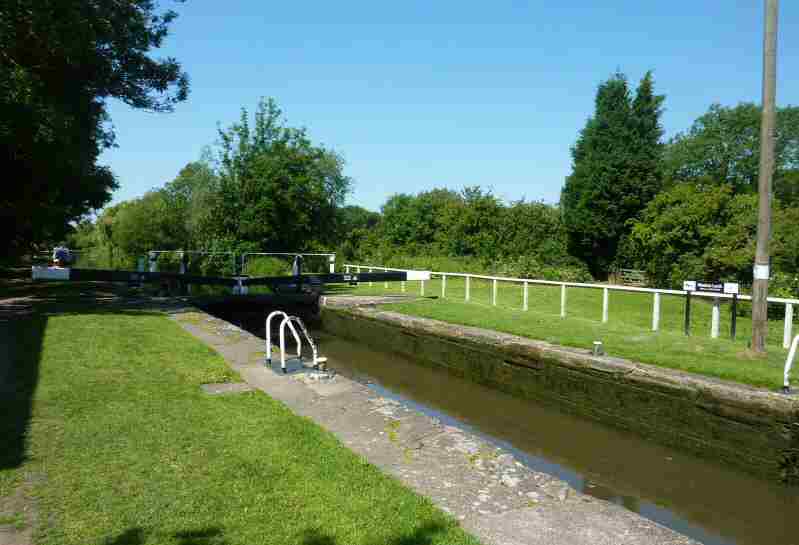
LOOK OUT FOR
Route Point 1 – Weston-on-Trent, as locals refer to it rather than Weston-upon-Trent as it is signed. It is seven miles southeast of Derby, a smallish village standing only a short distance from the river which gave it its name. It has, however, been the Trent and Mersey Canal that has most influenced its growth. The rapid expansion of industry in the second part of the 18th century required an improved and inexpensive transportation system if it was to be sustained. Roads had been improved by the growth of turnpikes but were unsuitable for moving large volumes of goods. Packhorses were still relied on in Derbyshire to transport goods – slowly and laboriously. A solution to this problem was found by the establishment of a network of canals and when this happened Weston was well placed to benefit.
Point 2 – The 13th-century Church of St Mary is sited near the canal at Weston Cliff some distance from the village and is a Grade 1 listed building. Dating from the 13th century with a chancel that dates from the 12th century. For a church of its size, it has an impressive interior and contains a 17th-century monument. That commemorates Sir Richard Sale, Prebendary of Lichfield Cathedral and a rector at Weston. There are two soldiers buried in the churchyard killed in battle at King’s Mill during the Civil War of 1642.
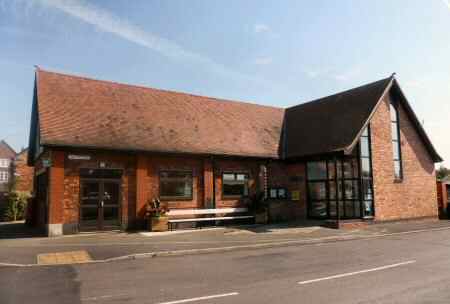
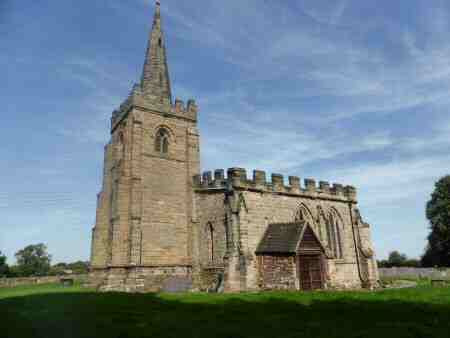
Point 3 – The old Cliff Inn, a former waterman’s tavern, is now – Hospoda – the Ukrainian Country Social Club for the use of Ukrainians and their friends and other visitors. Sometime after the Second World War, one of the camps to the north of the church was established as the home of the Ukrainian Youth Association (CYM). It is still used by the Ukrainians to this day as a holiday centre. Another of the camps is said to have been used as a venue for a concert featuring Vera Lynn and Glen Miller.
Point 4 – After opening in the 1770s, the Trent and Mersey Canal started to take over from the river and carried most waterborne traffic. Plaster was taken from the plaster pits at the neighbouring village of Aston, alabaster from Chellaston and building stone from the local quarry. Nowadays the canal is a venue for fishermen and holidaymakers rather than workers.
Point 5 – No visit to Weston is complete without a walk along the delightful stretch of canal from The Cliff to Weston Lock. Like both the lock and bridge, the canal milepost at Weston Cliff is listed for protection. Constructed in 1770, the canal lock is one of the deepest on the Trent and Mersey Canal. The bridge provided the crossing point for King’s Mill Lane. At one time, it was one of the main routes in the country for travellers moving from north to south and vice versa. There were two ferries at Weston, one at Weston Cliff and the other at King’s Mill which ceased trade in 1942.
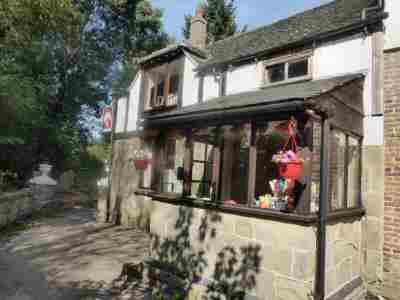
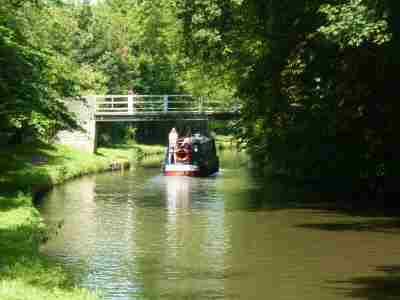
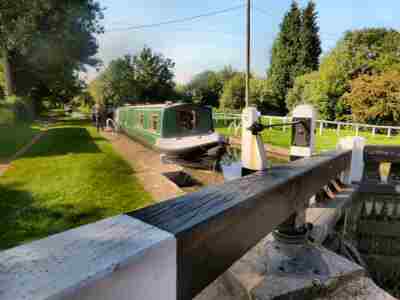
THE ROUTE
- The walk starts by the side of the Village Hall in the pretty village of Weston-on-Trent. After a few yards, you cross the railway bridge and turn right down Park Lane. Where the lane forks keep to the left and walk past Rectory Farm and follow the path to the left of a row of cottages.
2. Cross a parking area and pick up an identifiable path aiming towards the left-hand side of St Mary’s Church that you can see in the distance. Go through an obvious gap and walk straight ahead alongside the cemetery wall to reach an access road, where you turn left past the church. Two soldiers are buried in the churchyard both were killed in battle at King’s Mill during the Civil War of 1642.
3. On reaching the gates of Weston House, turn right and follow an enclosed path around to another access road. Turn left and follow the road down to the Hospoda – the Ukrainian Country Social Club, formerly The Cliff Inn. Go to the left down the side of the social club and then descend a short steep path to a bridge over the Trent and Mersey Canal. Sometime after the Second World War, one of the camps to the north of the church was established as the home of the Ukrainian Youth Association (CYM).
4. Once over the bridge, turn left along the Trent and Mersey Canal towpath. Weston Cliff has always been a favourite spot for anglers, artists and photographers, around which the canal curves on a narrow terrace.
5. Follow the towpath for just over one and a half miles, to reach Weston Lock. The road to the south from the lock leads to King’s Mill. Where a ferry once crossed the River Trent. The Priest House Hotel on the Leicestershire side of the river is set in a converted mill tower, where a mill has stood for over a thousand years.
6. Cross the canal bridge at Weston lock and follow the road on the other side as it bends to the left. Stay on this road until you arrive back at the road you used earlier in the walk. Here you go right and return to the starting point of the walk.
REFRESHMENTS
Coopers Arms is to the northwest of Weston’s main street. Turn north at the Green and follow the access road. For more information visit: www.coopers-arms.co.uk or telephone 01332 690002.2.
